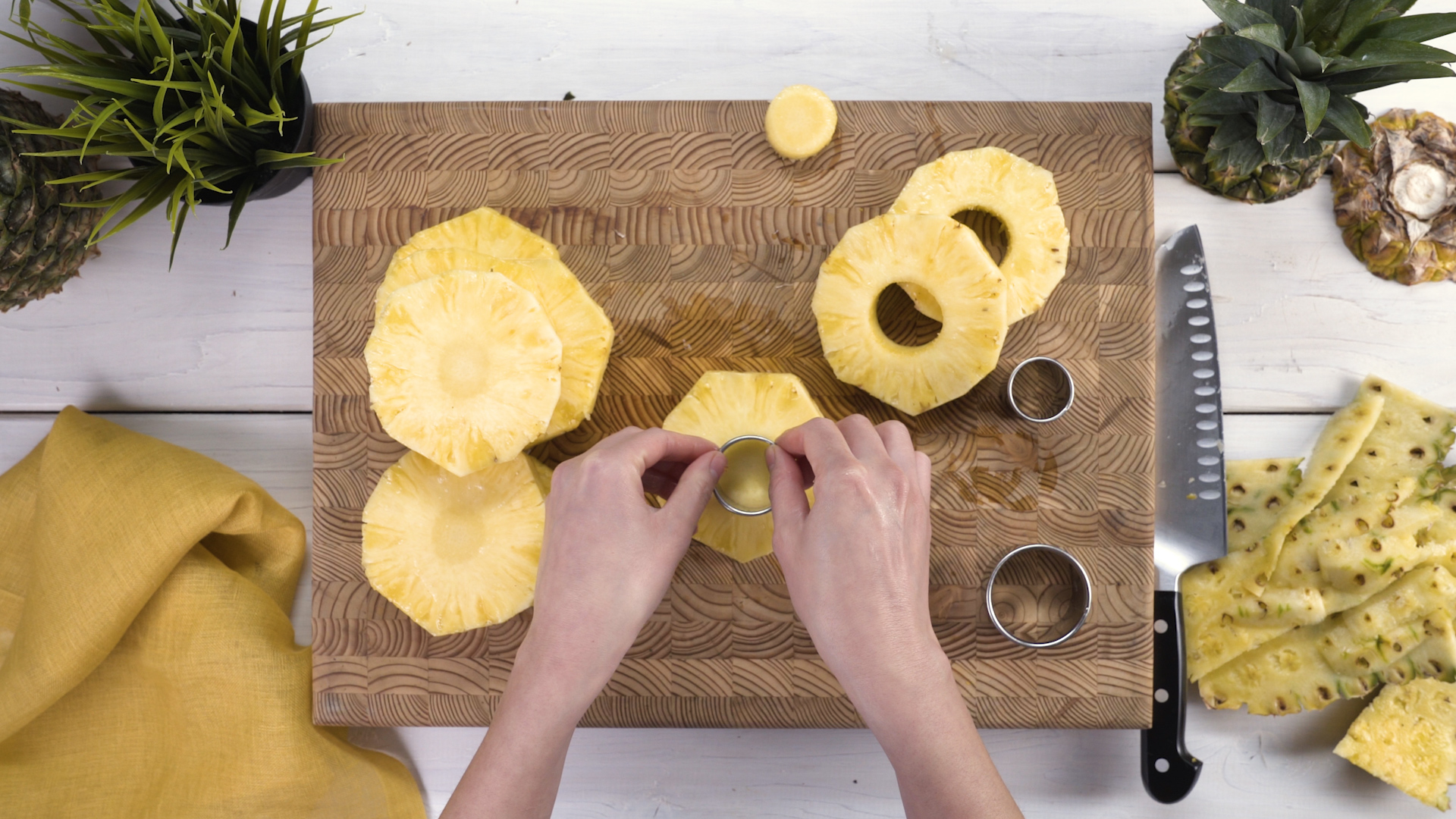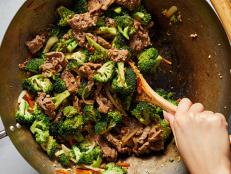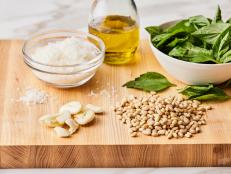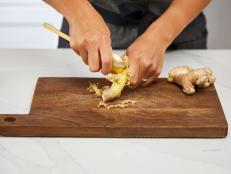How to Cook Dried Beans
Here, a step-by-step guide to cooking dried beans. The good news? Most of the work is hands-off.
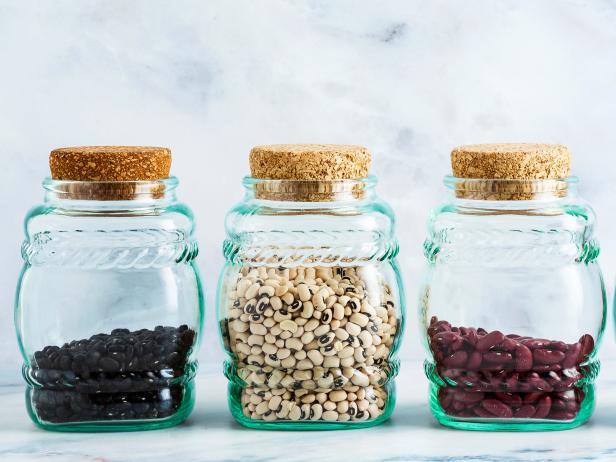
IriGri8/Getty Images
The expression "if you know, you know" can aptly be applied to dried bean aficionados. Because once someone cooks a fantastic batch of dried beans, they’ll get why dried beans are worth it.
Perfectly cooked dried beans are usually described as creamy. Each bean is soft on the inside but maintains its round bean shape. In fact, the robust, complex flavor of cooked dried beans is more similar to risotto than it is to canned beans. No hating on canned beans, which are pretty darn convenient. But compared to perfectly cooked dried beans, their texture is mushy, and their flavor is flat. Once you go dried beans, you never go back. Let’s get into how to cook those perfect dried beans.
1. Sort and wash the beans.
Pick through the beans and discard and shriveled beans or debris you find. Sometimes small stones are hiding in the beans and you don’t want to eat those! Place them in a colander and rinse them under cool water to eliminate any dust or dirt on the outside.
2. Soak the beans.
Some people will tell you that you don’t need to soak dried beans, and that can be true for beans with thinner skins like black beans, pinto beans or lentils. But we think that it’s usually a good idea to pre-soak your beans, whatever the variety. Soaking dried beans rehydrates them and the water breaks down the starches inside that cause upset tummies. In other words, if you don’t want to become gassy, soak those beans: you’ve been warned! Moreover, soaking beans makes an enormous textural difference. Sans soak, a big pot can cook quite unevenly depending on the age of the beans: some will finish cooking quickly and become mushy, while others will remain crunchy. Soaked beans cook evenly and quickly. There are two ways you can soak your beans depending on how much time you have.
Overnight Soak Method
This is the most traditional way to soak beans. Simply put them in a large bowl, add water until it’s double the height of the beans (they’ll double in size when they soak) and throw in a pinch of salt. Place them in the fridge and soak them for at least four hours (and up to one day).
Quick-Soak Method
If you haven’t planned ahead, you can always get your dried beans soaked in an hour. Add them to a pot, cover them with water, add a pinch of salt and bring to a boil. Then remove from the heat and soak at room temperature for an hour.
3. Drain the beans and add them to a pot with aromatics.
Drain the beans from their soaking liquid and cover them with fresh water. Add a pinch of salt. If you have any aromatics lying around — things you’d use to make stock like onions, carrots, celery, bay leaves or woody herbs such as rosemary and thyme — add them to cooking liquid. You don’t have to add aromatics, but they’ll make your beans so much more flavorful.
4. Simmer the beans until they’re tender.
Bring the water to a boil, then reduce it to a very gentle simmer. Cook the beans uncovered until they’re tender. Some foam might gather on top of the pot; skim it off with a spoon as necessary. If the water level drops below the beans, add more water so the beans are covered at all times. The beans are done cooking when they’re all tender; you can test this as they by smooshing a bean or two against the side of the pot with a fork — it should collapse easily, but not be mushy.
5. Cool the beans and store them in their cooking liquid.
There’s nothing worse than cooking a big batch of beans only to discover that the next day they’ve dried out and hardened in the fridge. To avoid this, cool them in their cooking liquid and store the beans — cooking liquid and all — in an airtight container for up to four days.
Related Links:



























